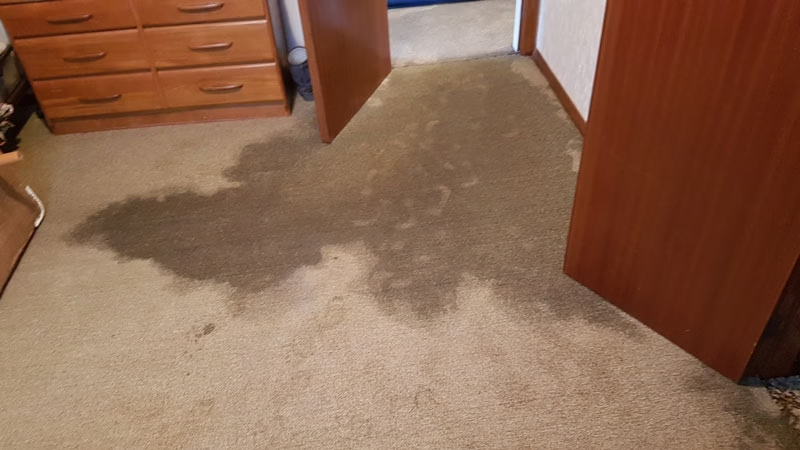Electrical safety has evolved significantly over the past decade, driven by rising energy demands, complex wiring infrastructures, and the need for more accurate and preventive maintenance. Among the most transformative technologies now widely used in residential and commercial inspections is thermal imaging. This advanced technique enables electricians to detect hidden faults long before they become hazardous, making it a crucial tool for modern compliance and safety protocols.
What Is Thermal Imaging?
Thermal imaging, also known as thermographic inspection, involves using an infrared camera to identify temperature variations across electrical components. These temperature differences, which are invisible to the naked eye, often signal underlying problems such as overloaded circuits, loose connections, an imbalance between phases, or failing equipment. By quickly highlighting hotspots, thermal imaging makes it far easier for technicians to assess risk without dismantling electrical systems.
“Thermal imaging gives inspectors a powerful, non-invasive way to identify critical faults early, helping property owners reduce risks and avoid costly downtime,” says Nely Hayes, Marketing Manager at HEXO Electrical Testing.
Why Thermal Imaging Matters for Electrical Safety?
Electrical components naturally produce heat, but when the temperature rises beyond normal operating levels, it often signals imminent danger. Faulty connections, for example, may heat up long before they trigger a breaker or cause a fire. Thermal imaging helps pinpoint these issues instantly and accurately, providing a proactive approach rather than a reactive one.
Property owners benefit from reduced operational risks, improved equipment lifespan, and stronger compliance with regulatory standards. For industrial sites and commercial buildings where electrical systems operate at high demand, this predictive capability is invaluable.
Key Problems Thermal Imaging Can Detect
Thermal imaging plays a vital role in identifying a wide range of electrical problems, including:
- Overloaded circuits
- Loose or corroded connections
- Unbalanced phases in three-phase systems
- Faulty breakers or fuses
- Failing motors or transformers
- Excessive heat in the distribution boards
- Deteriorating insulation
By catching these issues early, businesses and households can prevent equipment failure, electrical fires, and unexpected service interruptions.
A Non-Invasive, Time-Saving Inspection Method
Traditional electrical inspections often require physically opening panels, testing individual components, and sometimes shutting down power. Thermal imaging, however, allows technicians to assess systems while they are fully operational. This reduces downtime and minimizes disruption—especially important for commercial buildings, industrial facilities, and critical infrastructure.
Additionally, because thermal imaging is non-invasive, inspectors can quickly evaluate large areas, making it a cost-effective solution for routine maintenance and compliance testing.
Enhancing Compliance and Meeting Safety Standards
Regulatory agencies are increasingly encouraging or requiring advanced inspection tools to ensure compliance and mitigate risks. Thermal imaging is now a recognized best practice in many modern electrical testing frameworks, thereby strengthening the accuracy of reports such as Electrical Installation Condition Reports (EICR).
By providing visual documentation of anomalies, thermal imaging also supports clearer, more actionable reporting for property owners and facility managers—helping them prioritize repairs based on severity and risk.
A Critical Tool for the Future of Electrical Safety
As electrical systems become more complex and energy usage grows, the need for smarter, faster, and more precise inspections continues to rise. Thermal imaging plays a crucial role in this evolution. Its ability to diagnose problems early—and without disruption—makes it indispensable for improving safety, efficiency, and the long-term health of equipment.
For both residential and commercial properties, integrating thermal imaging into routine inspections represents not just an upgrade but a necessary step toward a safer and more reliable electrical infrastructure.






